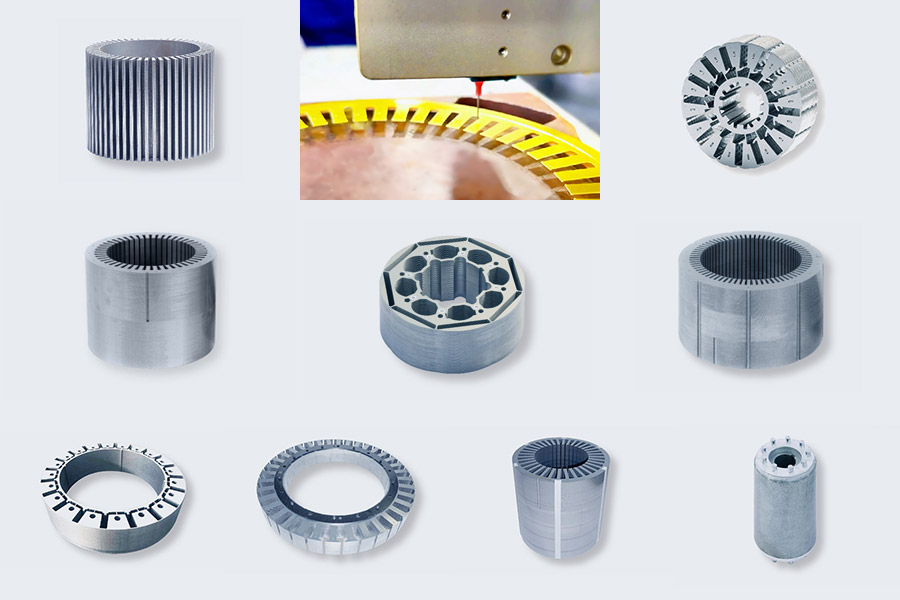Electric motor performance and efficiency are largely dependent on the motor lamination stack. Proper stacking ensures the motor core’s integrity, affecting power output, heat dissipation, and lifespan.
Several methods have been developed for stacking laminations, each with its own benefits in cost, speed, durability, and ease of manufacturing. Below are 10 effective stacking methods, with details on their techniques, applications, and advantages.
1. In-Mold Glue Dispensing
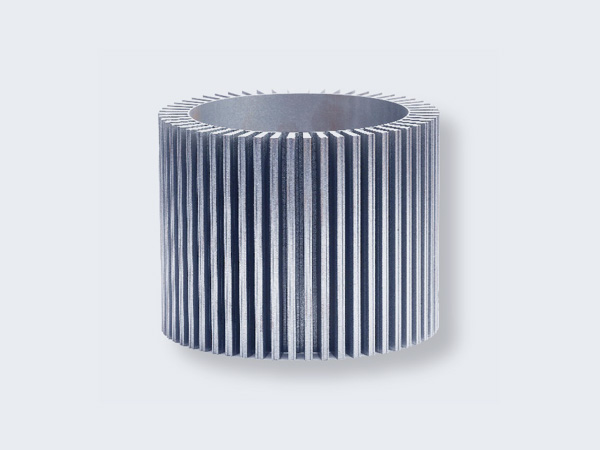
In-mold glue dispensing is one of the most efficient methods for stacking motor laminations. This technique involves applying an adhesive directly within the mold cavity as the laminations are stacked.
The glue is dispensed in a controlled manner to ensure that each lamination is properly bonded, which not only improves the alignment but also secures the structure without the need for additional fasteners or mechanical processes.
Advantages:
- Provides uniform bonding, ensuring each layer is securely stacked.
- Reduces reliance on manual labor or additional assembly processes.
- Can be automated, improving production efficiency.
Applications:
Commonly used in high-volume production settings where speed and consistency are critical, such as in automotive and industrial motors.
2. Out-Mold Glue Dispensing
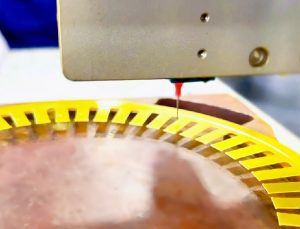
Out-mold glue dispensing involves applying adhesive to the exterior of the laminations before they are stacked. This method can be particularly beneficial for laminations that require additional bonding strength or for complex geometries where internal adhesive application is difficult.
The glue is dispensed from a nozzle outside the mold and then spread evenly over the laminations as they are stacked.
Advantages:
- Ensures strong adhesion, especially for larger motor cores.
- Suitable for complex or irregular shapes that may not work well with in-mold dispensing.
- Allows for better control of adhesive application.
Applications:
Used in applications where bonding strength is essential, such as in heavy-duty industrial motors and large-scale generators.
3. Progressive Mold Self-Interlocking Stacking
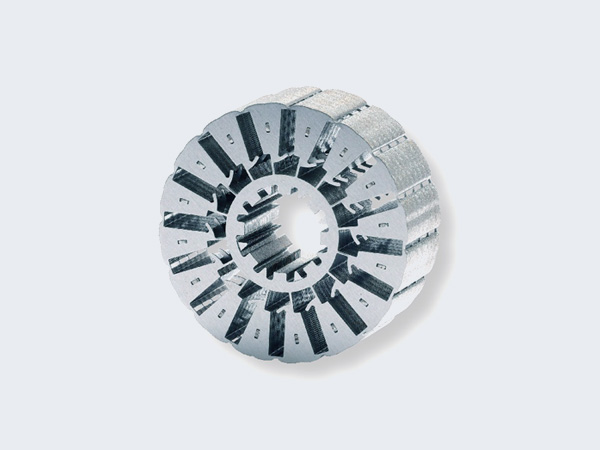
The progressive mold self-interlocking stacking method involves the design of a mold that automatically interlocks the laminations as they are stacked.
Bolts, rivets, and extra bonding agents are not required with this method. As the laminations are stacked, the mold progressively locks them into place through a series of precisely engineered interlocking features.
Advantages:
- No need for welding, rivets, or adhesives.
- lowers material waste and labor expenses.
- Increases production speed due to the automated locking mechanism.
Applications:
Ideal for high-volume manufacturing of smaller motor cores used in consumer electronics, automotive, and household appliances.
4. Compound Mold Single Punch Self-Interlocking Stacking
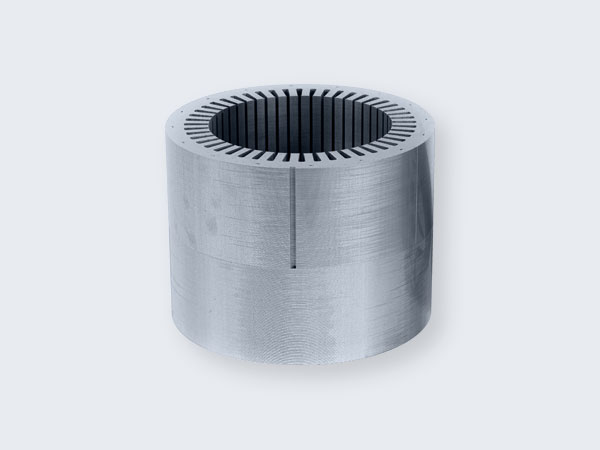
The compound mold single-punch self-interlocking stacking method is a more advanced version of progressive mold self-interlocking stacking.
This method involves using a single punch tool in a compound mold to stack and interlock each lamination. The punch tool creates interlocking features on the laminations as they are stacked, providing precise alignment and a secure bond without any external fasteners.
Advantages:
- High precision in lamination alignment.
- No need for external adhesives or mechanical fasteners.
- Increases production efficiency by reducing additional processing steps.
Applications:
Frequently found in applications requiring speed and accuracy, such as high-performance electric motors for use in automobiles or aircraft.
5. Rivet Stacking
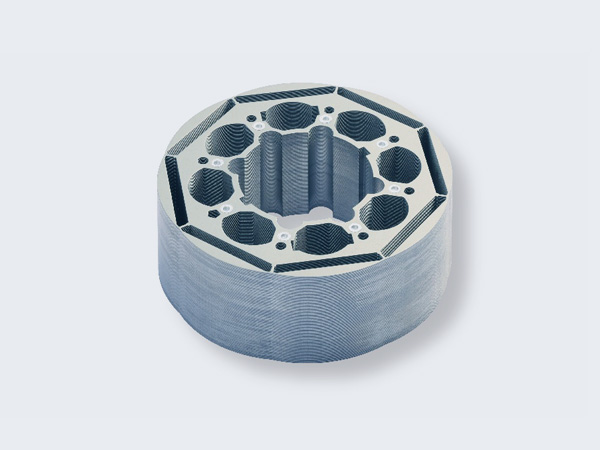
Rivet stacking involves using small metal rivets to physically bind the laminations together as they are stacked.
This method provides a secure, durable connection that ensures the laminations stay in place under high operational stresses. Riveting is typically performed after the laminations are stacked, with the rivets being inserted into pre-drilled holes.
Advantages:
- Ensures the laminations remain in place even when subjected to large loads because of its exceptional mechanical strength.
- Simple and cost-effective.
- Suitable for motors that require high durability.
Applications:
Frequently found in larger motors or industrial settings where durability and mechanical strength are essential, including power generators and massive machinery.
6. Welding Stacking
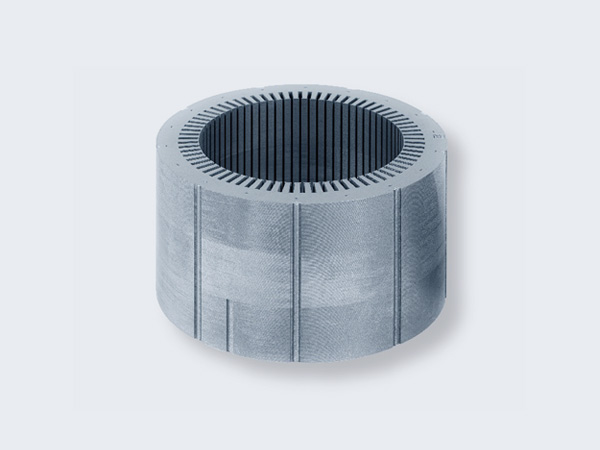
Welding stacking involves welding the laminations together, creating a strong and permanent bond between the layers.
This method is particularly effective for large motors or applications where the motor experiences extreme temperatures and stresses. Resistance welding and laser welding are two methods that can be used to complete the welding process.
Advantages:
- Creates a solid and long-lasting relationship.
- Ideal for uses requiring a high level of strength.
- Suitable for large motor cores and high-performance applications.
Applications:
Common in large industrial motors, power generators, and other high-power applications where strength and thermal resistance are crucial.
7. Self-Adhesive Stacking
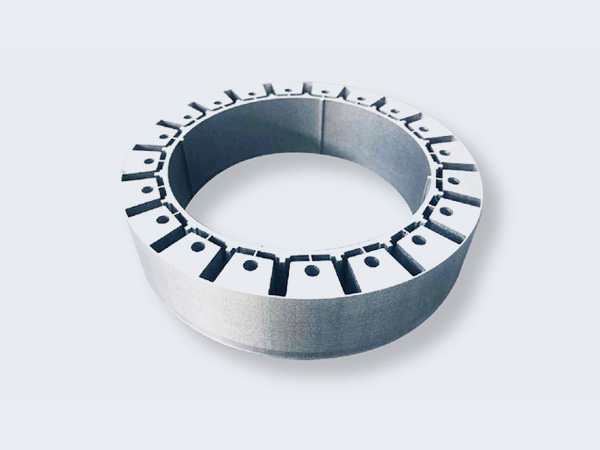
Self-adhesive stacking uses pre-applied adhesive films or coatings on the laminations that bond the layers together as they are stacked.
This method is simple and efficient, offering fast and uniform bonding. The adhesive layers are often designed to be heat-resistant and provide adequate strength for the lamination stack to maintain its integrity.
Advantages:
- Simplifies the manufacturing process, eliminating the need for external adhesives or fasteners.
- Provides a clean and neat finish with minimal waste.
- Easily mechanized for manufacture in large quantities.
Applications:
Ideal for small to medium-sized motor cores used in automotive, consumer electronics, and industrial motors.
8. Bolt Stacking
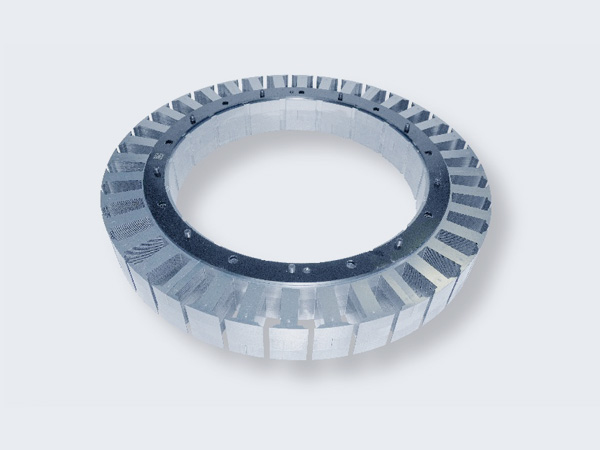
Bolt stacking involves inserting bolts through pre-drilled holes in the laminations to hold them together.
This method ensures that the laminations remain tightly stacked under high mechanical stress. Bolt stacking is often used in applications where the motor is subjected to high centrifugal forces or vibrations.
Advantages:
- Provides a very secure and robust bond.
- Ideal for motors exposed to high mechanical stresses.
- Enables simple disassembly and reassembly when necessary.
Applications:
Used in heavy-duty motors, such as those found in industrial machinery, power generation, and transportation.
9. Buckle or Clamping Stacking
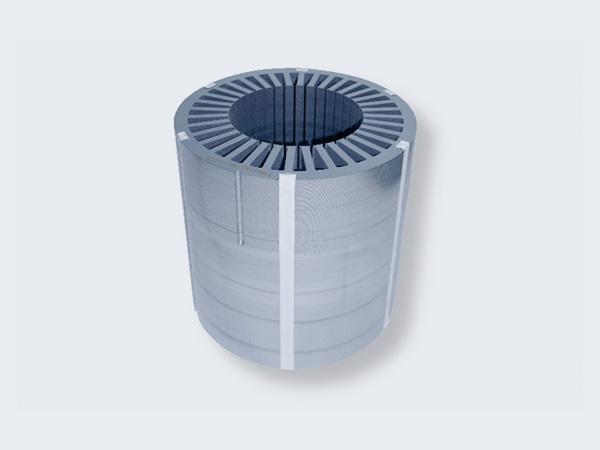
Buckle or clamping stacking involves using clamps, straps, or buckles to hold the laminations together after they are stacked.
This method allows for flexibility and ease of assembly because the clamps may be resized to fit various lamination sizes. It is frequently used with other stacking techniques to offer even more stability.
Advantages:
- Simple and cost-effective.
- Provides flexibility in adjusting the tension and alignment of the laminations.
- Quick and easy to implement.
Applications:
Common in motor assembly processes where speed and flexibility are essential, such as in small to medium-sized motors used in consumer products and light industrial applications.
10. Al-Casting or Cu-Casting Stacking
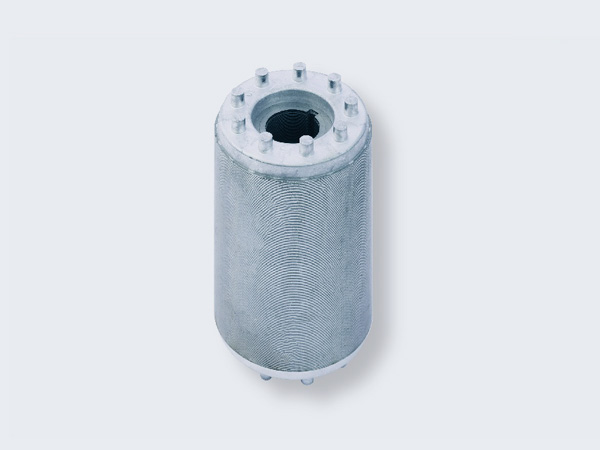
Al-casting or Cu-casting stacking involves using aluminum or copper casting to secure the laminations together.
This technique works especially well in situations when the motor core must withstand strong electrical currents and heat. The metal casting process allows the laminations to be securely bound in a rigid and heat-resistant structure.
Advantages:
- Provides a strong and heat-resistant bond.
- Suitable for high-current applications and motors exposed to high temperatures.
- Offers excellent conductivity when using copper.
Applications:
Used in high-power motors, such as those used in power transformers, electric vehicles, and industrial generators.
Conclusion
Each of the 10 stacking methods for motor laminations has its own benefits and is suited for different needs, such as strength, production speed, and cost.
From automated methods like in-mold and out-mold glue dispensing to traditional techniques like rivet stacking and welding, manufacturers have several options. The motor’s design, its intended purpose, and the conditions it will encounter all influence the optimal approach.

